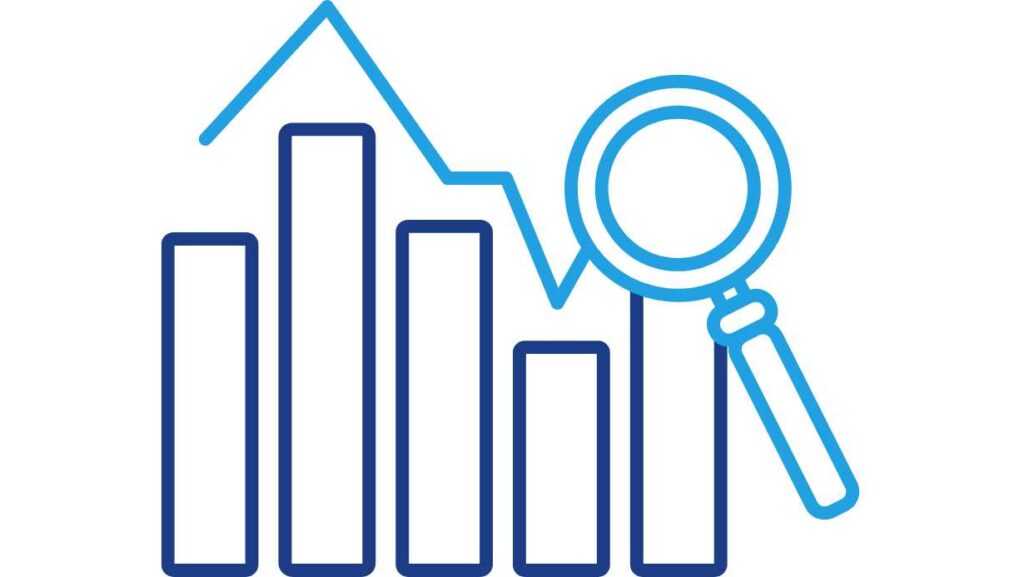Data is one of the most crucial assets in any business today. Companies generate mountains of data every day, making it increasingly important to ensure that the data is accurate, reliable, and up-to-date for business decisions.
As more businesses turn to data-driven optimization and digital transformation, streamlining operations becomes crucial, and data observability technology plays a critical role. This blog post explores the importance of monitoring and observability tools in streamlining operations and how they can contribute to business growth.
What Is Data Observability?
Data observability refers to monitoring, measuring, and acting upon data quality in real-time. It enables businesses to gain better insights into their data pipelines, troubleshoot issues, identify bottlenecks, and make more informed decisions.
In other words, data observability technology ensures that the data flowing through the pipeline is clean, accurate, and reliable.
How Does Data Observability Contribute To Streamlining Operations?
Data observability is crucial in streamlining business operations by providing real-time insights into data pipeline performance. It helps businesses identify and troubleshoot issues faster and improves decision-making, leading to streamlined operations.
By monitoring data quality in real-time, data observability technology allows companies to respond quickly to changes, such as spikes in data volume or data sources. This results in higher operational efficiency and agility, leading to better business decisions and growth.
What Are The Benefits Of Data Observability For Businesses?
The benefits of data observability for businesses are many. By ensuring data quality, companies can make better business decisions, increase operational efficiency, reduce costs, and mitigate risks.
Additionally, with data observability technology, businesses can gain better visibility into their data pipelines and identify and fix issues before they become major problems. This leads to higher data accuracy, reliability, and consistency, which can directly impact the bottom line.
In today’s data-driven world, businesses prioritizing data observability are more likely to identify new opportunities, optimize operations, and drive growth.
How Can Businesses Adopt Data Observability?
To adopt data observability, businesses need to start with a clear understanding of their data pipelines and the visibility they need to monitor them. They also need to assess the quality of their data and determine the appropriate metrics to measure it.

The next step is to identify the right observability tools that can help in real-time monitoring, alerting, and automated responses. Finally, businesses must develop the right cultural mindset to promote data observability and integrate it into their operations.
Businesses can optimize their data pipelines, reduce operational costs, and drive growth by investing in data observability.
Real-World Examples
Several real-world examples illustrate how data observability tools have helped businesses streamline operations and achieve growth.
For instance, Netflix, a leader in content streaming, has built a data observability platform that provides near-real-time insights into the performance of its data pipelines. This has enabled them to optimize their content delivery network and improve customer experience.
Another example is Uber, which has deployed data observability technology to monitor their data pipelines for global ride-hailing applications. This has enabled them to identify and solve bottlenecks in real time and increase operational efficiency.
Final Thoughts
In conclusion, businesses generate massive amounts of data today, and it’s increasingly important to ensure that the data is accurate, reliable, and up-to-date. By adopting data observability technology, businesses can streamline operations, reduce costs, and drive growth.
By closely monitoring data pipeline performance in real-time, companies can identify and solve issues faster, leading to higher operational efficiency and agility. Businesses prioritizing data observability are more likely to optimize their operations and identify new opportunities, thereby achieving growth. Data observability is an essential tool in any modern business’s arsenal.
See Also: Machine Learning for Business: Automating Processes and Driving Growth










